
By OB1
Many years ago, Bowker Creek was channeled into pipes to reduce the risk of flooding the surrounding areas. Although no more flooding took place after the creek was in pipes, the creek was no longer functioning like a healthy creek. Recently the CRD (Capital Regional District) day-lighted a section of the creek near Oak Bay High School.
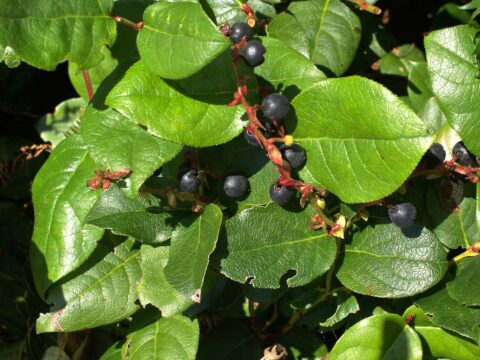
By OB1
Salal (Gaultheria shallon) has a astringent effect and can be used as an anti-inflammatory and anti-cramping medicine. Chewed salal leaver can be spat on cuts, burns and sores to heal them. A tea made from salal can cure a variety of internal problems including bladder inflammation, heartburn and indigestion.
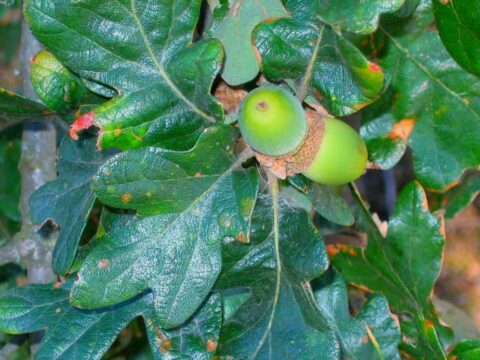
By OB1
Garry Oak (Quercus garryana) can be made into a tea to heal numerous problems including inflamed gums, sore throats, burns, cuts, scrapes and insect bites. Galls, growths that appear on certain trees are astringent, which can be used in the treatment of hemorrhages.

By OB2
This opens up a whole new can of aquatic worms. Prepare thyself.
End verdict: After much simulated debate the affirmative side is argued into a corner. The negative side wins a hard-fought victory, though if some other points are suggested this could change.
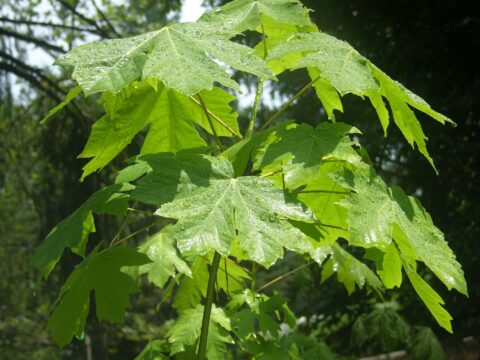
By OB1
The Bigleaf Maple (Acer macrophyllum) has leaves which can be boiled and turned into a tea to cure persistent sore throats. The leaves can be rubbed on the faces of young men to prevent them from getting thick whiskers.
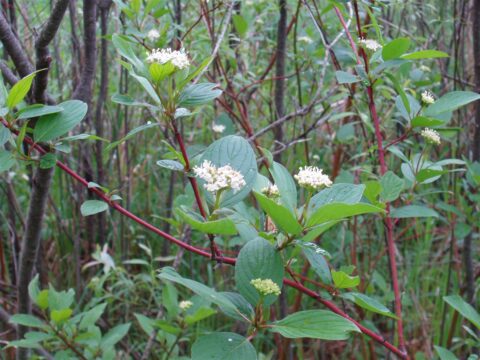
By OB1
Red-Osier Dogwood (Cornus sericea) is used as an external and internal remedy. A decoction can cure colds, fevers and headaches. Externally, bark shavings have been pressed to open wounds to stop the bleeding. It can also treat poison ivy rashes.
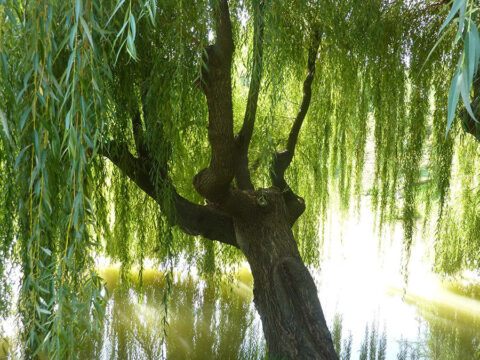
By OB1
Willow (Salix) bark is used to relieve fevers and the flu as well as to reduce inflammation. It can also be used to cure headaches and backaches.
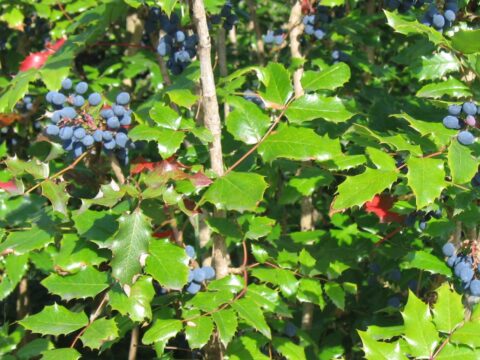
By OB1
Oregon Grape (Mahonia aquifloium) is an antidote for shellfish and other kinds of poisoning if you eat it is large quantities. If you boil the stems and the roots the extract acts as a remedy for skin diseases, acts as a general tonic with a reviving feeling and can be made into detergent lotion.
